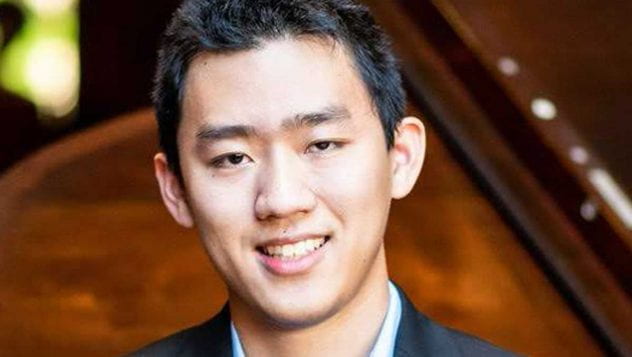ACS Nano features our review on theoretical prediction of two-dimensional materials, behavior, and properties on its April front cover
 Predictive modeling of 2D materials is at the crossroad of two current rapidly growing interests: 2D materials per se, massively sought after and explored in experimental laboratories, and materials theoretical-computational models in general, flourishing on a fertile mix of condensed-matter physics and chemistry with advancing computational technology. In the April issue of ACS Nano we briefly overview the general methods and specific techniques of modeling, along with a somewhat philosophical assessment of what “prediction” is, followed by selected practical examples for 2D materials, from structures and properties, to device functionalities and synthetic routes for their making. We conclude with a brief sketch–outlook of future developments.
Predictive modeling of 2D materials is at the crossroad of two current rapidly growing interests: 2D materials per se, massively sought after and explored in experimental laboratories, and materials theoretical-computational models in general, flourishing on a fertile mix of condensed-matter physics and chemistry with advancing computational technology. In the April issue of ACS Nano we briefly overview the general methods and specific techniques of modeling, along with a somewhat philosophical assessment of what “prediction” is, followed by selected practical examples for 2D materials, from structures and properties, to device functionalities and synthetic routes for their making. We conclude with a brief sketch–outlook of future developments.
The cover image represents the persistence of the scientific quest for two-dimensional materials that motivates their prediction. In the extraterrestrial landscape, inspired by an iconic Salvador Dalí painting, one should wonder what magnitude of gravity g would shape the graphene flake this way? Theory can predict, from first principles.


 Nicholas Tjahjono, a first-year doctoral student in Yakobson Research Group, has been awarded the
Nicholas Tjahjono, a first-year doctoral student in Yakobson Research Group, has been awarded the